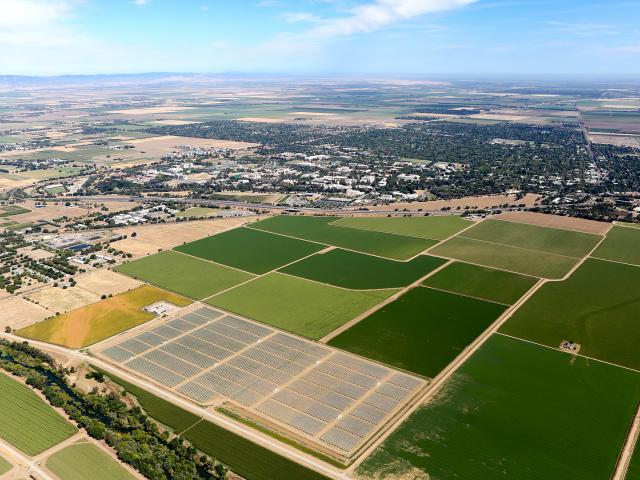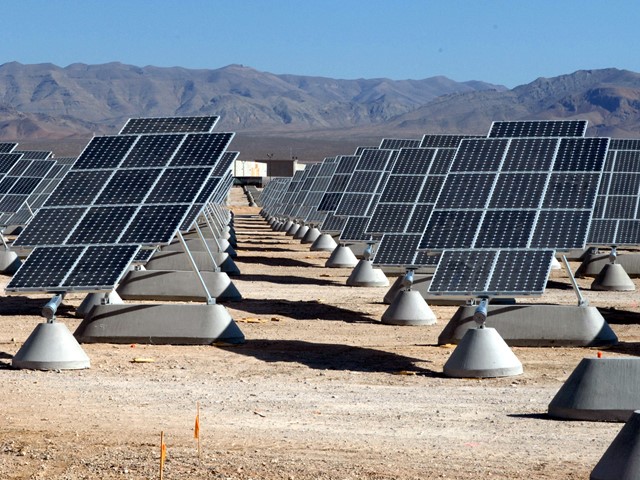In recent years, the global energy landscape has undergone a significant transformation. Renewable energy sources like solar, wind, and hydropower have emerged as powerful players in the quest for sustainable and clean energy production. Beyond their environmental benefits, these renewable sources have also become increasingly economically attractive. In this blog post, we will delve into the economics of renewable energy, exploring the cost savings it offers and the investment opportunities it presents.
The Changing Face of Energy Economics
The traditional energy sector, dominated by fossil fuels such as coal, oil, and natural gas, has long been associated with price volatility, supply disruptions, and environmental degradation. These fuels have finite reserves, and their extraction and combustion release greenhouse gases, contributing to climate change. As a result, the world has been seeking alternatives, and renewable energy has emerged as a viable solution.
1. Cost Competitiveness
One of the most compelling aspects of renewable energy is its increasing cost competitiveness. Over the past decade, the cost of renewable technologies has experienced a remarkable decline. Here are some key factors driving this cost reduction:
a. Technological Advancements
Continuous innovations and advancements in renewable energy technologies have led to more efficient and cost-effective systems. Solar panels, wind turbines, and energy storage solutions have all seen significant improvements in efficiency and affordability.
b. Economies of Scale
As the renewable energy sector has grown, economies of scale have kicked in. Larger solar and wind farms benefit from lower construction and maintenance costs per unit of energy produced. This has made utility-scale renewable projects financially attractive.
c. Market Competition
Increased competition among renewable energy manufacturers and developers has further driven down prices. Market forces have pushed companies to find ways to provide cost-effective solutions, that benefit consumers.
2. Falling Solar Costs
Solar energy, in particular, has witnessed a remarkable decline in costs. The price of solar panels has plummeted over the past decade, making solar power accessible to homeowners, businesses, and governments alike. Factors contributing to the fall in solar costs include:
a. Improved Efficiency
Solar panels today are more efficient than ever, converting a higher percentage of sunlight into electricity. This means that fewer panels are needed to generate the same amount of power, reducing costs.
b. Declining Installation Costs
The cost of installing solar panels has also decreased. Skilled labor, streamlined installation processes, and readily available components have all contributed to lower installation expenses.
c. Incentives and Subsidies
Many governments and regions offer incentives, tax credits, and subsidies to promote solar adoption. These financial incentives can significantly reduce the upfront cost of installing solar panels.

3. Wind Energy’s Growth
Wind energy has also experienced remarkable growth and cost reductions. Onshore and offshore wind farms have become major contributors to electricity generation worldwide. Key factors include:
a. Improved Turbine Technology
Wind turbines have become larger and more efficient, harnessing greater amounts of energy from the wind. Modern turbines can capture energy at lower wind speeds, increasing their overall efficiency.
b. Offshore Wind Potential
Offshore wind farms have vast untapped potential. As technology improves and the sector matures, offshore wind energy is becoming increasingly economically viable.
c. Green Finance
The availability of green finance options, including loans and investment vehicles, has made it easier for companies and governments to finance wind energy projects.
Investment Opportunities in Renewable Energy
The economic benefits of renewable energy extend beyond cost savings for consumers. The renewable energy sector presents lucrative investment opportunities for individuals, businesses, and institutions. Here are some avenues for investment:
1. Solar Investments
Investing in solar projects, such as solar farms or rooftop solar installations, can provide a steady stream of income through power purchase agreements (PPAs) or feed-in tariffs (FITs). Many financial institutions also offer solar financing options for homeowners looking to install solar panels.
2. Wind Farms
Investing in wind farms, especially large-scale projects, can yield attractive returns. Investors can participate through direct investments, stocks of wind energy companies, or renewable energy-focused funds.
3. Energy Storage
As renewable energy generation increases, the demand for energy storage solutions like batteries is also on the rise. Investing in energy storage technologies can provide opportunities for capital growth as well as participation in the evolving energy landscape.
4. Green Bonds
Green bonds are fixed-income securities issued to finance environmentally friendly projects, including renewable energy initiatives. These bonds offer investors the chance to support renewable energy projects while earning interest.
5. Renewable Energy Stocks
Investing in publicly traded renewable energy companies is another way to participate in the sector. Many renewable energy companies have seen significant growth, making their stocks attractive to investors.
The Economic Impact
The economic impact of renewable energy extends beyond individual savings and investment opportunities. The renewable energy sector has far-reaching benefits for economies at large:
1. Job Creation
Renewable energy projects create jobs in manufacturing, construction, and maintenance. These jobs are often local and can boost employment rates in regions with renewable energy projects.
2. Economic Growth
Investments in renewable energy stimulate economic growth. They drive demand for renewable technologies, create opportunities for small and large businesses, and attract investment from both public and private sectors.
3. Energy Independence
Countries that invest in renewable energy reduce their dependence on fossil fuel imports. This enhances energy security and reduces the vulnerability of energy supply disruptions caused by geopolitical conflicts or price fluctuations.
4. Environmental Benefits
While the economic advantages of renewable energy are significant, it’s essential to acknowledge the sector’s environmental benefits. Reducing greenhouse gas emissions and mitigating the effects of climate change have long-term economic advantages, such as avoiding the costs associated with extreme weather events and sea-level rise.
Government Policies and Incentives
Government policies and incentives play a crucial role in the economics of renewable energy. Many governments worldwide have implemented policies to encourage the adoption of renewable energy, including:
- Feed-in tariffs (FITs)
- Tax incentives
- Renewable portfolio standards (RPS)
- Renewable energy credits (RECs)
- Net metering
These policies help level the playing field between fossil fuels and renewables, making clean energy options more economically attractive.
In Conclusion
The economics of renewable energy have shifted dramatically in recent years according to Greenopolis. The cost competitiveness of renewables, combined with falling solar and wind energy costs, has made clean energy sources increasingly attractive for consumers, businesses, and investors. Beyond immediate cost savings, renewable energy presents significant investment opportunities and contributes to job creation, economic growth, and energy independence. As the world grapples with the challenges of climate change, the transition to renewable energy is not only environmentally responsible but economically savvy.

